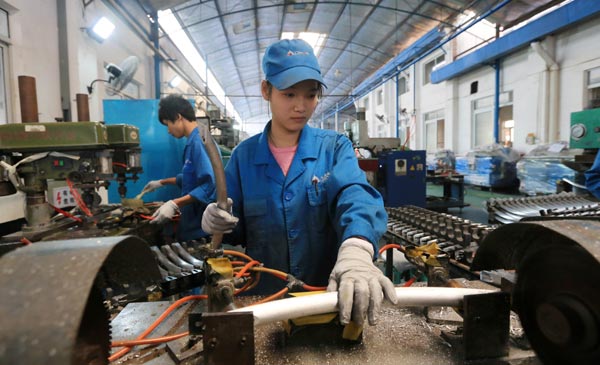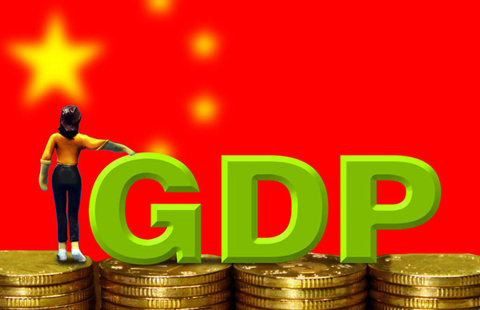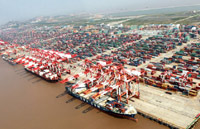Half of China's aluminum smelters running at a loss
By Andy Home (China Daily) Updated: 2015-01-27 10:18
|
 |
|
A worker at a production line of Nannan Aluminum Co Ltd in Nanning, capital of Guangxi Zhuang autonomous region. The Shanghai aluminum price has fallen to the point that at least half of the country's total operating capacity is running at a loss, according to some estimates. [Photo/China Daily] |
It is supposed to be a question without an answer, a test posed by the master to the disciple in the Zen journey toward enlightenment.
But it is also as good a description as any of the current state of global aluminum production.
The one hand clapping is that of the non-China world, where producer discipline has tamed supply sufficiently to drag the market into a state of deficit.
Such enlightenment has taken several years to achieve and marks only the very first step toward correcting the mistakes of the past. These still weigh heavily over the aluminum price in the form of millions of metric tons of accumulated surplus.
Absent, though, is the second hand.
The Chinese aluminum smelter sector remains profoundly ill-disciplined with older zombie smelters kept alive by local governments and new capacity still opening.
The Shanghai aluminum price is accordingly bombed out to the point that at least half of the country's total operating capacity is running at a loss, according to some estimates.
This polarity of global aluminum production is nothing new. It has been going on for ages, but it is becoming ever starker.
Production of aluminum outside of China stood at 24.43 million metric tons last year, according to the International Aluminum Institute. That represented a year-on-year decline of 0.7 percent. It was the third consecutive year of falling output.
The sharpest fall in production last year, a near 20-percent contraction, took place in Latin America, where Brazil's once mammoth smelter sector is still being whittled down by the toxic cocktail of low prices and high energy tariffs.
- China sees 55% rise in M&A
- China's Fosun buys Sydney offices building
- China's imported iron ore prices continue to fall
- China's Dalian Wanda buys Sydney Harbour property
- China's 2014 industrial profits up 3.3%
- Chinese, Indonesian senior officials meet on economic cooperation
- Chinese actress buys 9% stake in Alibaba Pictures
- Blocking VPN is for Internet safety: Official
















